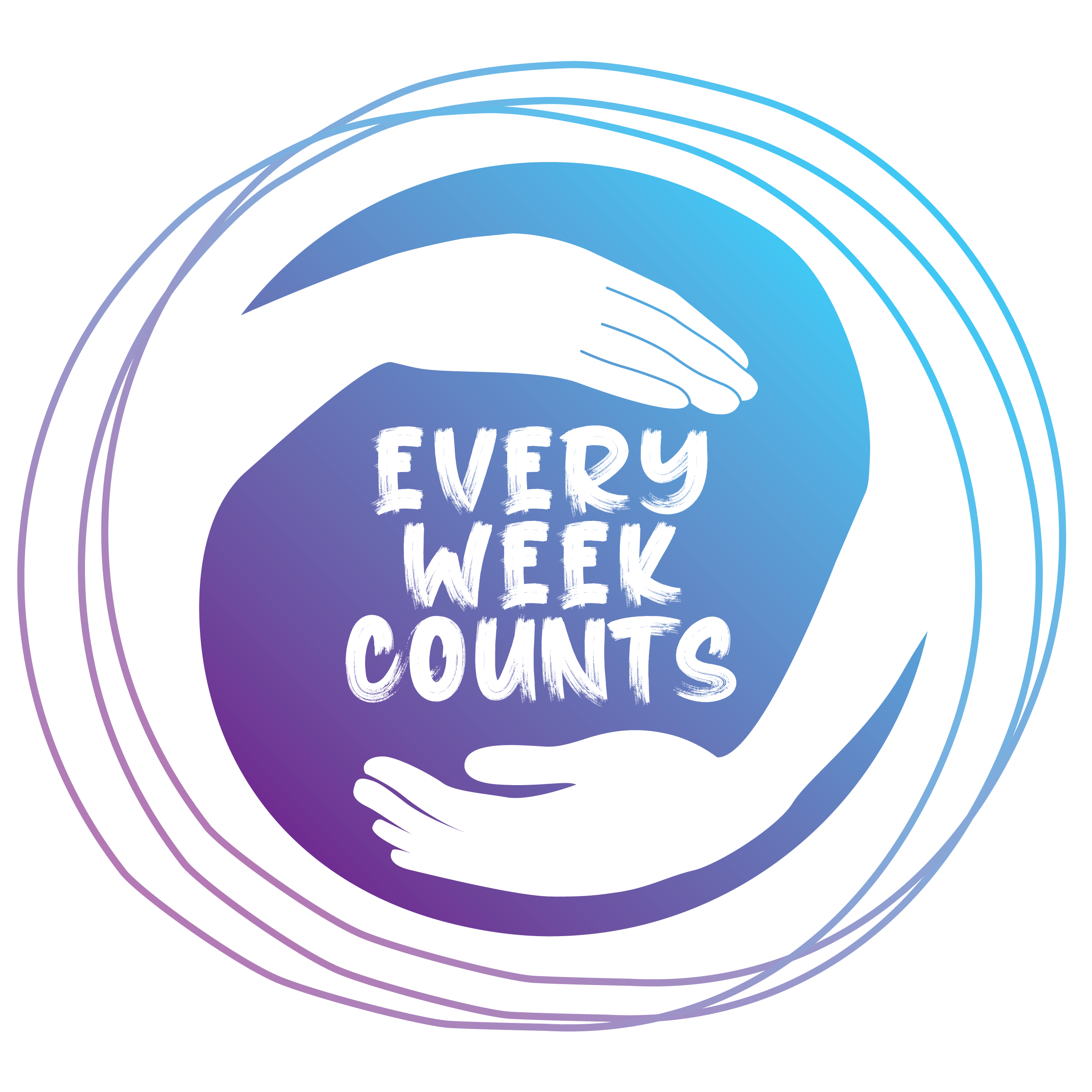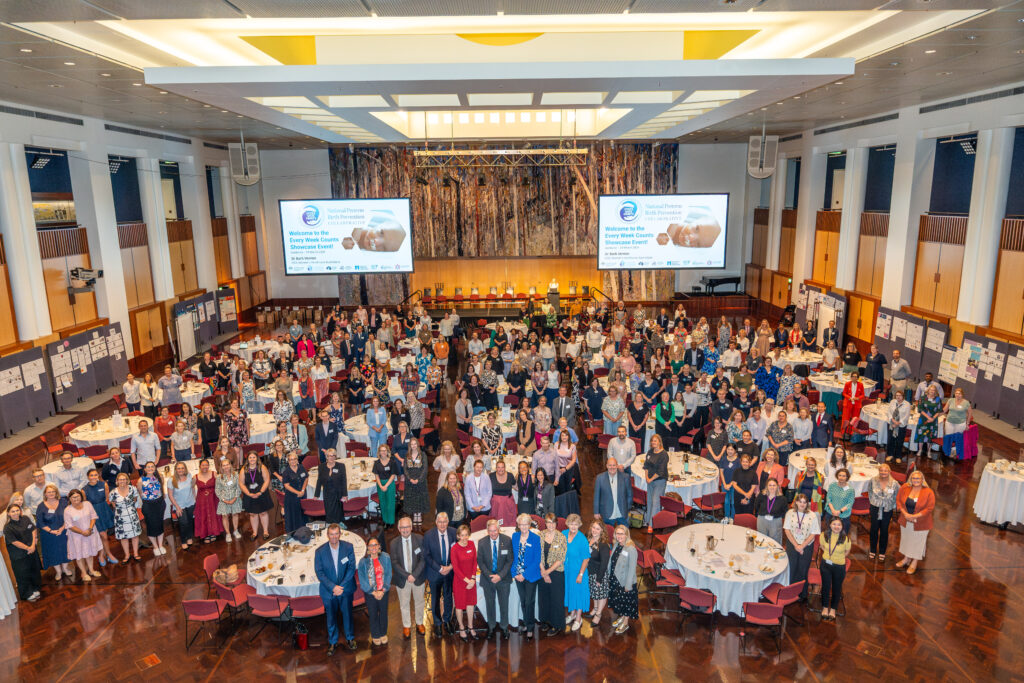
Since 2021, when this initiative started, research has expanded from the last few weeks of pregnancy to looking at Preterm birth, early term birth and First Nation women.
Women and Babies Research is a collaboration between the University of Sydney, the Kolling Institute of Medical Research and the Northern Sydney Local Health District. We are based at the Royal North Shore Hospital campus, a teaching hospital linked to the University of Sydney. Our Director is Jonathan Morris AM, Professor of Obstetrics and Gynaecology at the University of Sydney and a fetal medicine subspecialist whose exceptional level of expertise in low and high-risk pregnancies is underpinned by over 20 years’ experience in the field. He is the current chair of the Maternal and Perinatal Committee – the peak advisory committee of NSW Health.
Our research team comprises over 20 people including obstetricians, midwives, neonatologists, neonatal intensive care nurses, epidemiologists, biostatisticians, marketeers and social scientists. We conduct crucial research into the cause, prevention and management of pregnancy complications in order to improve outcomes for pregnant mothers and their babies. We work in collaboration with our partners, health systems and the community to evaluate and improve the safety and quality of maternity services and care thereby helping to make pregnancy safer for everyone. The goal of all our work is to ensure optimal health for mothers, babies and their families.
We investigate factors associated with pregnancy problems such as premature birth, stillbirth, fetal growth restriction, high blood pressure (hypertension) and diabetes in pregnancy. We evaluate current clinical interventions and assess models of care in order to determine the most appropriate course of action for those who experience difficulties during pregnancy or during the birthing process. This research is vital to understand how pregnancy complications are best prevented and managed.
Our achievements have included being awarded an Australian Clinical Trial Alliance (ACTA) Clinical Trial of the Year in 2016 for an international study that determined the best timing of birth for women who break their waters early in pregnancy.
Pregnancy and the newborn period are of critical importance for both the mother and her baby. For the mother, pregnancy can provide insights into her future health such as the likelihood of her developing diabetes, high blood pressure (hypertension) or heart disease. A baby’s short, medium and long term health is also influenced by factors such as mode of birth and gestational age at birth. Furthermore, educational outcomes are generally better for babies born around their due date.
Through the linkage of very large population health records, we are able to identify the importance of the last few weeks of pregnancy and the growth and development that takes place between 34 and 40 weeks of gestation. These findings have led us to promote evidence based best practice for planned early birth across New South Wales and Australia.

Deputy Chair, Australian Preterm Birth Prevention Alliance
President, WHA Women’s Healthcare Australasia
Clinical Excellence Commission
In 2014, Prof John Newnham AM launched the Western Australian Preterm Birth Prevention Initiative. This initiative successfully reduced the rate of preterm birth and led to the establishment of the Australian Preterm Birth Prevention Alliance (the Alliance) supported by the National Health and Medical Research Council (NHMRC) in 2018. The Alliance consists of more than 20 leading Australian perinatal healthcare specialists and is dedicated to a single purpose – to safely reduce the rates of preterm and early term birth in Australia and is a subcommittee of the Perinatal Society of Australia and New Zealand.
Following the success of the Preterm Birth Prevention Initiative in Western Australia, the Alliance led by Prof Newnham supported maternity services in Tasmania and the Australian Capital Territory to safely achieve similar reductions in preterm and early term birth. No such reduction was observed in the remaining states and territories, indicating that the program was capable of being successful, but a more effective method of implementation was required.
In 2021, the federal Government announced funding for the Alliance to spread their recommended approach more effectively across Australia. The Alliance invited WHA and the globally renowned IHI to become partners in this effort. Safer Care Victoria and other state quality improvement agencies also supported this work. The funding supported over 60 maternity services across Australia to participate in a world leading National Collaborative, which aimed to reduced preterm and early term birth by 20%. This was a world first National program designed to strategically and safely reduce rates of harmful early birth. The aim was underpinned by the adoption of the 7 evidence-based changes in clinical care for women which had proven so successful in WA, ACT and Tas.

Co-director, Australian Preterm and Early Term Birth Prevention Program
Chair, Australian Preterm Birth Prevention Alliance
The National Collaborative used IHI’s Breakthrough Series methods that have been successfully employed by hospitals around the globe for over 25 years to close the gap between research and practice through the application of improvement science. Teams from participating hospitals were supported to use proven improvement tools to help them reliably implement the required approaches to reducing rates of preterm birth. Teams were also able to share their learnings with each other across Australia.
In 2025 the Government announced additional funding to support maternity services across the Nation to work together to safely reduce the rates of preterm and early term birth. While maternity services will continue to work together using the IHI Breakthrough Series method via the Every Week Counts Collaborative, an additional schedule of work was included in the most recent funding. This includes an enhanced focus on priority groups, and the implementation planning and testing of resources for preterm preeclampsia screening.
Teams participating in Round II National Preterm & Early Term Birth Prevention Program 2025-2026 can choose to participate in three individual Pillars of work; Partnering with First nations Communities, Preterm Birth Prevention or Early Term Birth prevention

We recognise Aboriginal & Torres Strait Islander People as the traditional custodians of the lands on which we live and work and acknowledge that sovereignty of the land we call Australia has never been ceded. We commit to listening to and learning from Aboriginal and Torres Strait Islander people about how we can improve experiences & outcomes of healthcare for Aboriginal & Torres Strait Islander children and young people, their families & communities.
We acknowledge Māori as tangata whenua (original inhabitants) and Treaty of Waitangi partners in Aotearoa New Zealand. We recognise the tikanga (customary practices) of Maori and support their right to tino rangatiratanga (sovereignty). We commit to listening to and learning from Māori people about how we can improve experiences & outcomes of healthcare for Māori children and young people, their families & communities.